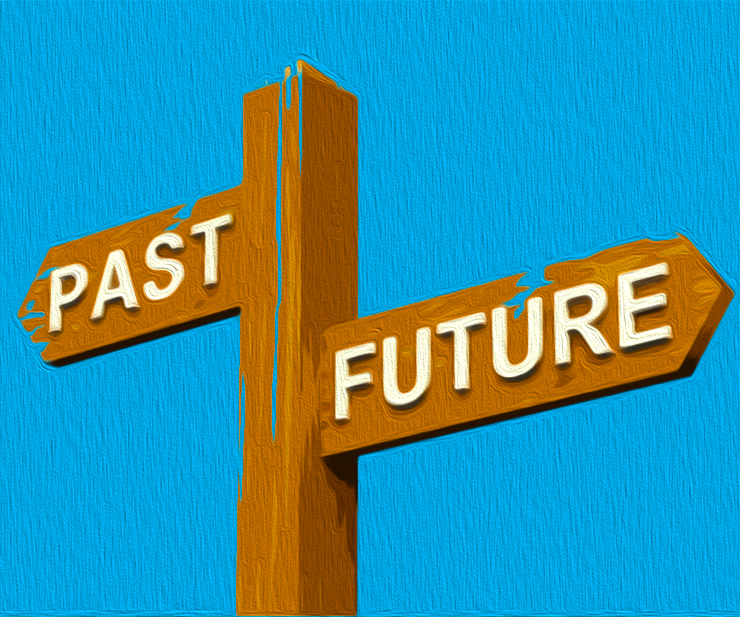The Potential Impact of AI on the Workforce
Artificial Intelligence (AI) has the potential to disrupt the workforce, much like the Industrial Revolution did in the past. It can improve the performance of some individuals in their jobs while hindering others. To gain insights into this phenomenon, I spoke with the author of "Blood in the Machine: The Origins of the Rebellion Against Big Tech," which explores the Luddite clothworkers' uprising against machines in the 1800s.
The Leveling Effect of AI on the Workforce
AI has the power to level the playing field in the workforce by enabling individuals who are not highly skilled to become more productive. For instance, a mediocre programmer can leverage GitHub's Copilot to write proficient code, while an average writer can create effective marketing copy or compose eloquent emails.
However, as highlighted by Business Insider's Aki Ito, there are downsides to this. When anyone can produce decent code easily, it becomes challenging to justify paying exorbitant salaries to highly talented coders or to invest heavily in marketing copywriters with extensive education and experience.
The Historical Context: The Industrial Revolution
This is not the first time that technological advancements have transformed our lives and careers. The 19th-century Industrial Revolution brought about significant changes to human labor, with both positive developments (steam trains) and negative consequences (child labor).
In his book "Blood in the Machine: The Origins of the Rebellion Against Big Tech," Brian Merchant delves into the history of the Luddite rebellion in the early 1800s. Clothworkers in rural England joined forces to destroy the newly introduced weaving machines used by factory owners.
Lessons from History: AI and Labor
I asked Brian Merchant for his insights on how historical events can inform our understanding of AI's impact on labor. Aki Ito's article highlights how AI may ultimately harm the most talented individuals in white-collar jobs by making it harder for them to justify their high wages.
Comparatively, when machines were introduced in the 1800s, did the clothworkers experience similar challenges (considering that harm caused by coding jobs does not involve physical injuries)?
Merchant appreciates Ito's perspective, as he believes economists often overlook the brutal nature of such transformative processes and the potential losses associated with them.
For example, skilled weavers and framework knitters produced high-quality cloth and durable stockings. These products lasted longer, and the workers took pride in their craftsmanship. However, when factory owners introduced machines that could partially replicate this production, they started hiring children who could be paid significantly less or even nothing at all.
Ultimately, almost everyone suffered, except for the factory owners who profited from mass-producing lower-quality goods that the skilled workers couldn't compete with. Nevertheless, a few highly skilled weavers and clothmakers continued to thrive as there remained a market for fine artisanal products that machines couldn't match. This dynamic might also unfold with AI in jobs involving writing, coding, illustration, and graphic design.
AI's Potential to Bridge the Gap
Based on historical understanding, what are the chances that AI can bridge the gap between lower-skilled and higher-skilled workers?
Merchant highlights that, like in the past, AI cannot fully replicate the output of a highly skilled writer or worker in the vast majority of cases. While it can generate passable output that may satisfy managers seeking to reduce labor costs, it cannot match the quality delivered by experienced professionals.
However, it is crucial to recognize that AI is primarily marketed to firms as a labor-saving and cost-cutting tool. The endgame is to save on expenses, and this needs to be understood as the core objective of AI implementation across industries.
Comparing AI's Impact to the Past
Many people argue that while AI might eliminate certain jobs, it will create new ones, resulting in a net balance. However, this wasn't the case for the clothworkers in the 1800s, right? Their jobs didn't change; they simply worsened (becoming more dangerous, cheaper, and harder to sustain a living).
Merchant agrees that the Industrial Revolution did not lead to a net loss of jobs. However, when people claim that new jobs were created, he finds it perplexing because the jobs created during that time were some of the worst in human history. Child laborers toiled in windowless factories, inhaling cloth fibers, and risking injury in the machinery. These conditions were far from ideal.
If AI continues to be implemented in workplaces as it has been thus far, with minimal input from workers themselves and driven by managers and executives, the result may be a decline in the quality of jobs and an exacerbation of inequality as productivity gains flow to the top.
As we navigate the ever-evolving digital landscape, it is essential to draw lessons from history and consider the potential consequences of AI's impact on labor. While AI can certainly enhance productivity, we must also prioritize the well-being and fair treatment of workers in this competitive digital world.
Read the original article on Business Insider.
—————————————————————————————————————————————
By: knotopoulos@businessinsider.com (Katie Notopoulos)
Title: How the Luddite Rebellion of the 1800s Offers Insights into the Impact of AI on Labor
Sourced From: www.businessinsider.com/ai-jobs-threat-white-collar-luddite-industrial-revolution-2023-12
Published Date: Tue, 05 Dec 2023 17:19:27 +0000





Leave a Reply